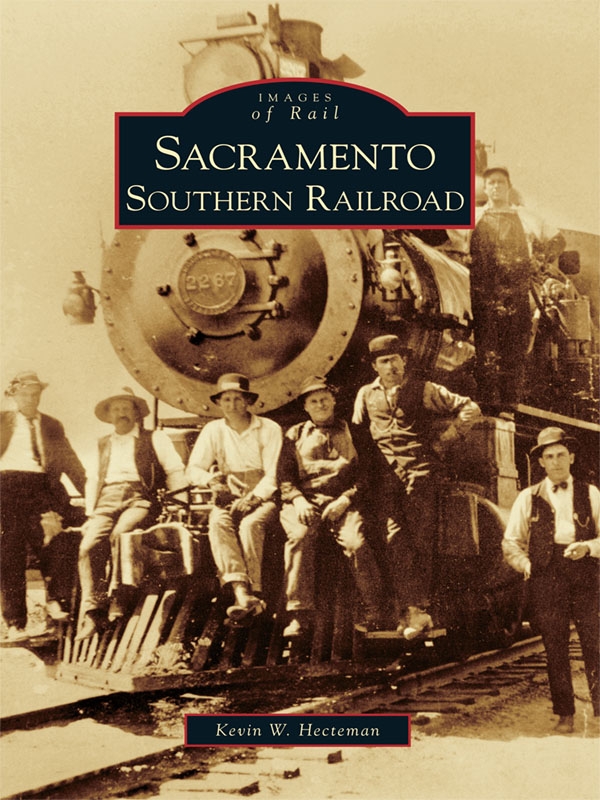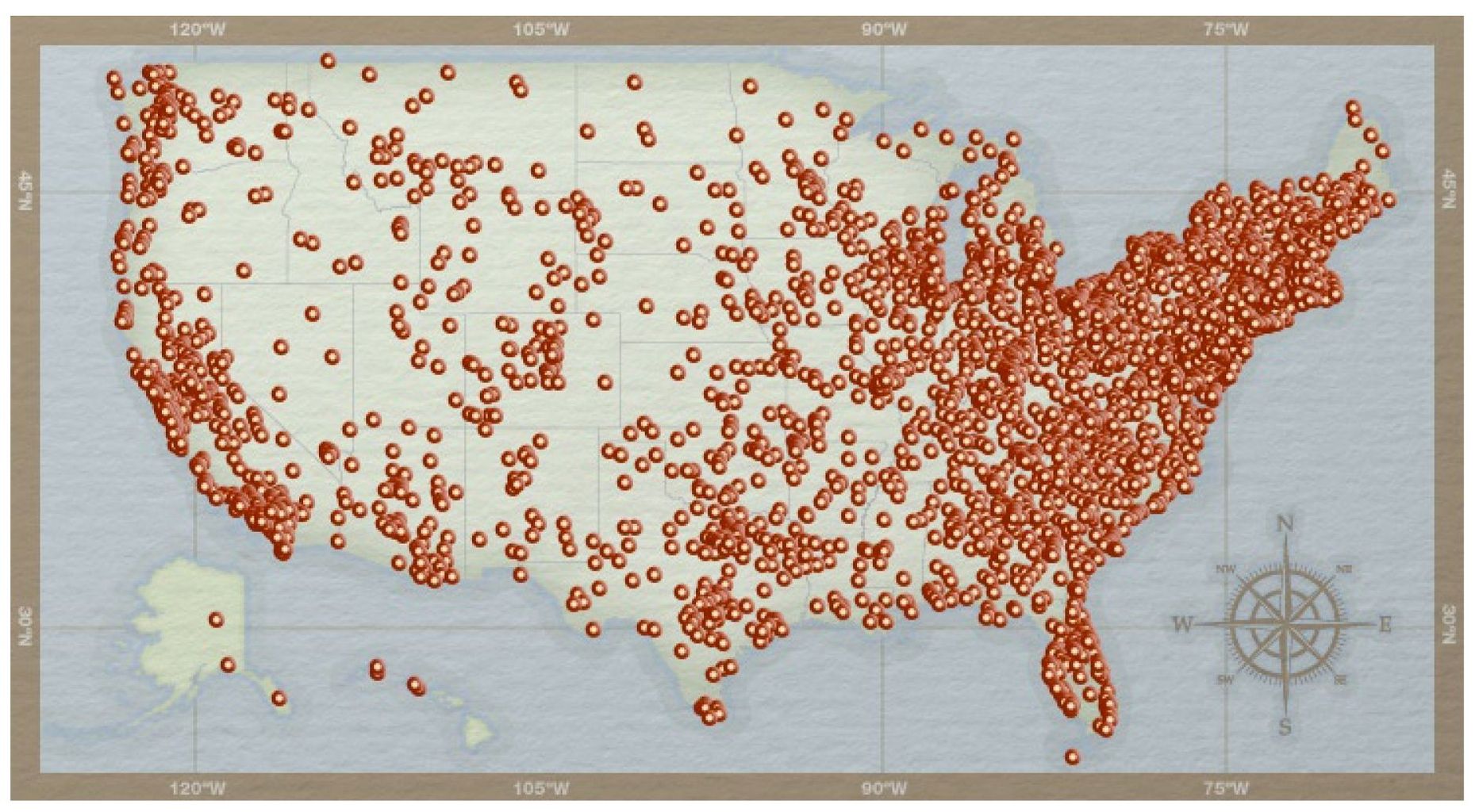ACKNOWLEDGMENTS
Just because my name is on the cover does not mean that I am solely responsible for bringing this book into being. Without the generous assistance of a multitude of people, this project would have been impossible.
I wish to start by thanking Dick Noonan, general manager of the Sacramento Southern Railroad, who lent valuable insights and assistance to this project. Marilyn Sommerdorf of the California State Railroad Museum was of invaluable assistance. Her family goes back several generations in the delta region, and her interest in the Walnut Grove Branch goes back decades. Several of the images in this book are from her personal collection.
Without the skill and dedication of the staff of the California State Railroad Museum Library, you would not be reading this. Many thanks to Ellen Halteman, Kathryn Santos, and Cara Randall for going above and beyond the call of duty in assisting with my endless stream of requests and scanning in a boxcar load of images. Thanks to Paul Hammond, director of the California State Railroad Museum in Sacramento, for his support of the project. Thanks to the staff of the Sacramento Archives and Museum Collection Center. Carson Hendricks, Pat Johnson, and Rebecca Crowther were instrumental in helping me dig up photographs and information. Hendricks also deserves thanks for scanning in a sizable photograph order. Thanks to the staff of the Sacramento Room, a historical repository housed in the Sacramento Public Library, for helping me track down photographs and information. A debt of gratitude is also owed to the California State Library; Arnold Menke; the California State Archives; Terri White and Dolores Greenslate of the Portuguese Historical and Cultural Society in Sacramento; Pam Bulaban and Charlene Andersson of the Isleton Brannan-Andrus Historical Society; John Perez, longtime Isleton resident and realtor; Esther Koopman, Bobbi Collier, and Tom Herzog of the Sacramento River Delta Historical Society in Walnut Grove; Chuck Vercelli and the staff of the Western Railway Museum Library at Rio Vista Junction; John Poultney, my editor at Arcadia; Bill Burg, for proofreading the manuscript; and my parents, Roy and Barbara, for their love and support (and in Dads case, his business sense as well).
The author, who volunteers on the modern Sacramento Southern Railroad, will contribute his royalties to the California State Railroad Museum Foundation in order that the trains may keep on rolling for generations to come.
ABOUT THE ORGANIZATION
The Sacramento Southern Railroad of today is operated by volunteers from the California State Railroad Museum, part of the California State Parks system. Steam-powered excursion trains operate from the Central Pacific freight depot on Front Street in Old Sacramento from April through September. Halloween trains operate in October and Christmas-themed trains in November and December. For more information, write the California State Railroad Museum, 111 I Street, Sacramento, CA, 95814; call (916) 445-6645; or visit www.californiastaterailroadmuseum.org .
Find more books like this at
www.imagesofamerica.com
Search for your hometown history, your old
stomping grounds, and even your favorite sports team.
One
THE PREHISTORY OF THE SACRAMENTO SOUTHERN
Railroading on the Sacramento waterfront predates the Sacramento Southern Railroad by half a century. Californias first common-carrier railroad, the Sacramento Valley, had opened for business in 1856, connecting the California capital with Folsom. The SVRRs passenger depot was at Third and R Streets, near the waterfront; freight trains operated north on Front Street to the steamer landing at the foot of K Street. The Central Pacific absorbed the SVRR in 1865; the SVRRs line to Folsom evolved into the SPs Placerville Branch. In 1863, the Central Pacific broke ground in Sacramento and began building east toward the Sierra Nevada and a date with history at Promontory, Utah. The CPRRs passenger depot was on Front Street between I and J Streets; the freight depot was one block south on Front Street. The 1870s iterations of these depots have been reconstructed in approximately their original locations. Trackage on Front Street and R Street allowed SVRR, CP, and later SP trains to access freight customers along the waterfront as well as interchange traffic with other railroads and with steamboats plying the Sacramento River.
The photographs in this chapter depict railroading on and around Sacramentos waterfront in the days before the Sacramento Southerns incorporation in 1903. The new Sacramento Southern is the only railroad operating in this territory today.
Central Pacific locomotive No. 7, the A.A. Sargent , stands at Front and J Streets. This scene will look familiar to visitors of todays Old Sacramento, as many of the buildings on J Street still stand, including the Brannan House. (Courtesy of the Sacramento Archives and Museum Collection Center.)
The Central Pacific was putting its new Sacramento wharf to use even as it was under construction around 1870. In the background is the bridge connecting Sacramento with the towns of Washington and Broderick (now part of West Sacramento); this is about where I Street Bridge stands today. (Courtesy of the Sacramento Archives and Museum Collection Center.)
Booth and Company maintained a large warehouse on Front Street, between J and K Streets, across from the Central Pacific freight depot. The building, complete with observation platform, still stands today. (Courtesy of the Sacramento Room, Sacramento Public Library.)
This is the scene on Front Street around 1875. Note the boxcars parked in front of local businesses as well as the passenger cars laying over on street trackage just south of the freight depot. (Courtesy of the Sacramento Archives and Museum Collection Center.)
The California Steam Navigation Company steamboat Yosemite is docked at the foot of K Street around 1870; she and her sister boat, the Chrysopolis , were in the passenger trade between Sacramento and San Francisco. To the right is the Central Pacific Railroads freight depot. The CPRR depot and the steam-navigation buildings have been reconstructed, complete with signage. (Courtesy of the Sacramento Archives and Museum Collection Center.)




















